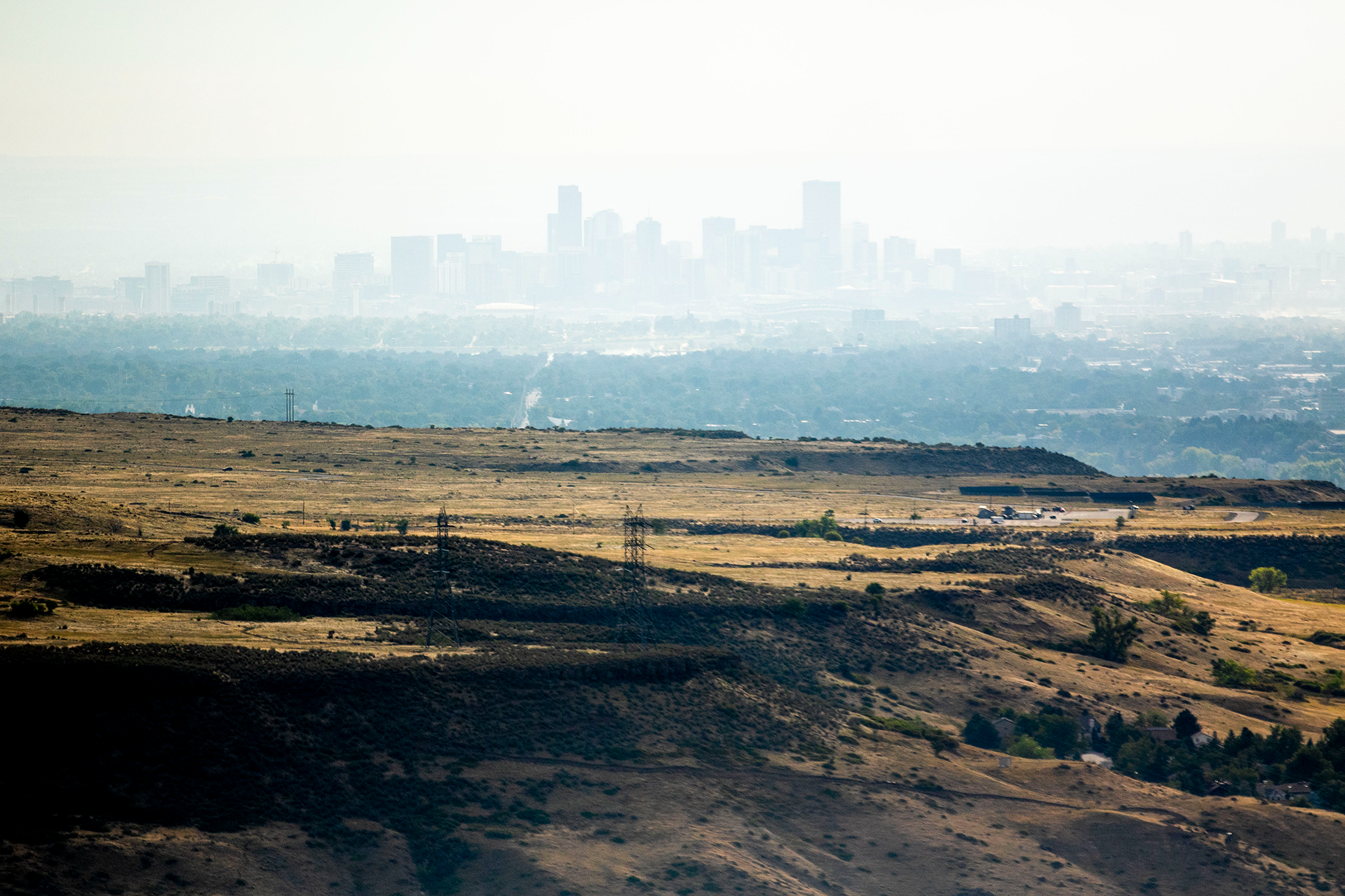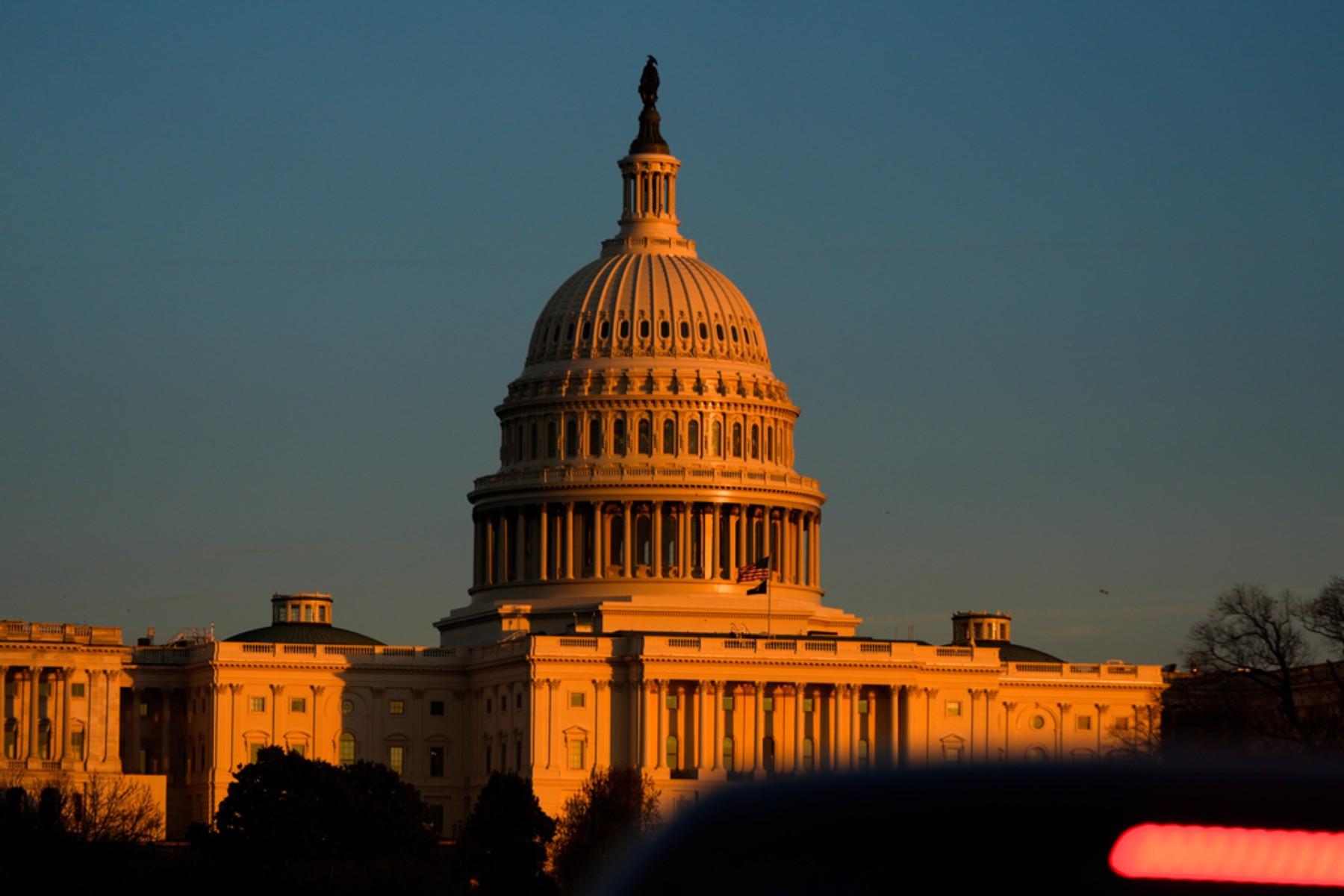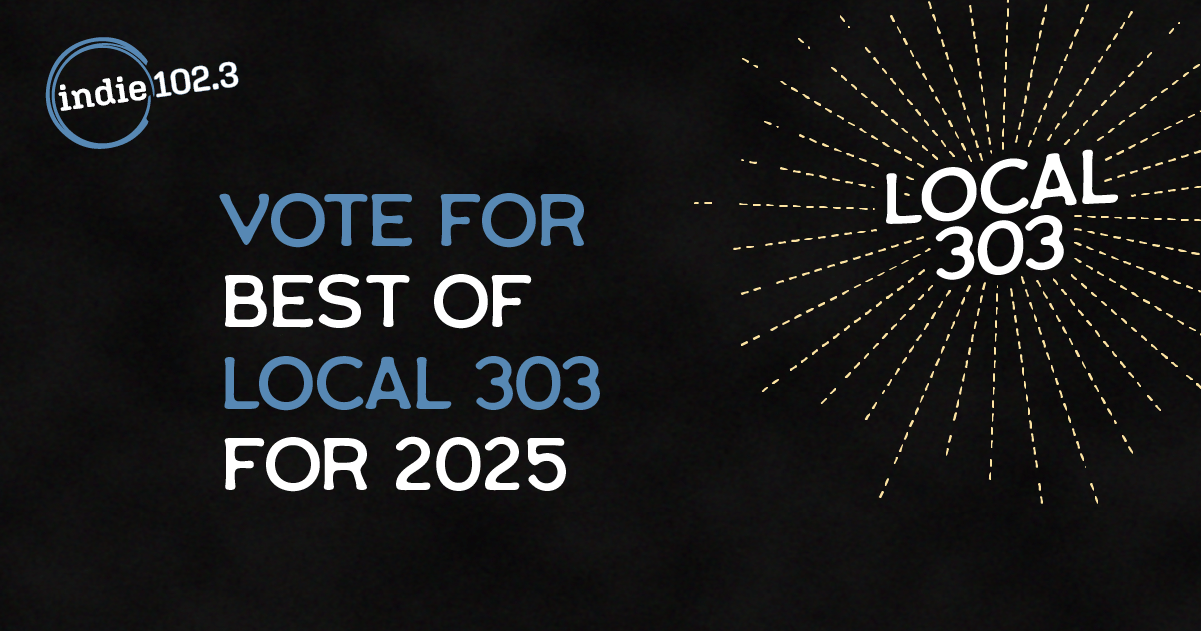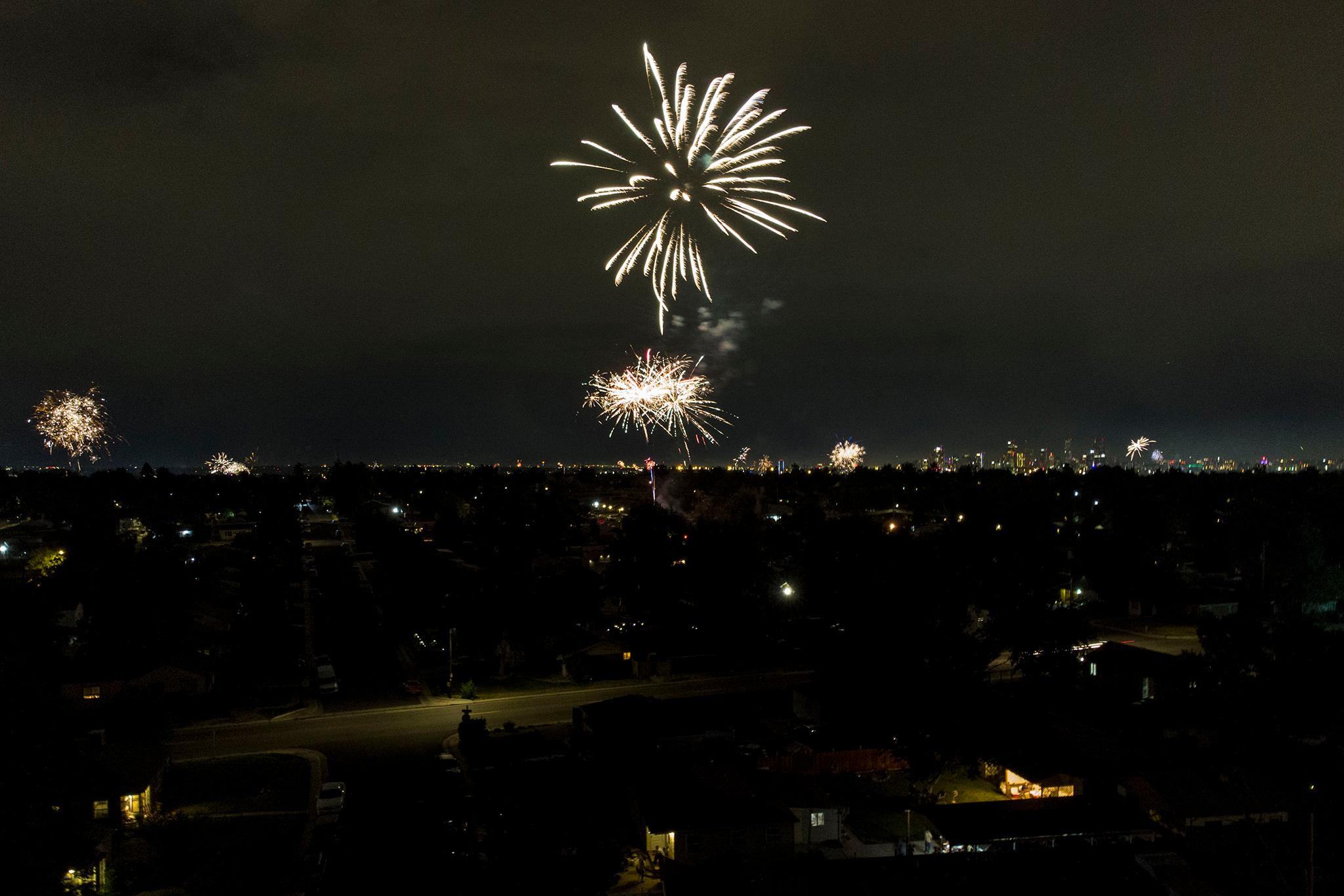
Colorado’s dry and hot summer contributed to another rough ozone season along the Front Range, repeatedly pushing pollution levels beyond federal health standards at official air monitors across the heavily populated region.
It also appears the persistent problem isn’t getting any better.
Over the past summer, the nine-county region stretching from Fort Collins to Castle Rock experienced 40 days when ozone levels climbed above federal health standards, a higher total than eight of the last 10 years, according to local air quality officials. Those results further show none of the region’s 14 official air monitors are fully in compliance with federal standards.
“The only season that was worse than this one was 2021, which many of you will remember was even an even smokier and hotter summer season,” Scott Landes, Colorado’s air quality forecaster told regulators at a presentation earlier this month. “This year, no doubt about it, was a bad ozone season from any perspective.”
The results have reignited a debate about whether policymakers are doing enough to tackle the ozone crisis. In the past year, Colorado regulators have approved new rules to cut down on smog-forming ingredients produced by lawn equipment and fossil fuel operations, but air quality advocates say the latest numbers show the Front Range isn’t anywhere close to meeting federal standards by a critical 2027 deadline.
Ground-level ozone — a lung irritant better known as smog — tends to reach its highest levels from late May to early September along Colorado’s Front Range. During periods of warm and dry weather, tailpipe emissions and industrial pollution combine to form the highly reactive chemical, which builds on “background” ozone unrelated to local sources. Higher concentrations of the pollutant are known to increase hospital visits and shorten human lives.
A looming air quality deadline
The Front Range is on the clock to improve after the U.S. Environmental Protection Agency reclassified the region as a “severe” air quality violator under a weaker 75 parts per billion ozone standard adopted by the federal government in 2008. The region is also a “serious” violator of a tougher 70 parts per billion standard set in 2015.
The U.S. EPA relies on a complex three-year average of exceedances known as a “design value” to determine compliance. Due to the recent smoggy summer, Jeremy Nichols, a senior advocate with the Center of Biological Diversity, said it will now be even harder for the Front Range to hit the 2027 deadline without unprecedented drops in pollution levels in 2025 and 2026.
If it fails, the Front Range would likely join parts of California as the only “extreme” violators of ozone standards established under the U.S. Clean Air Act.
The reclassification could require far tougher pollution permits and possibly force companies to cut emissions elsewhere in order to earn permission to release smog-forming ingredients at a new or expanded facility, Nichols said. It would also hand the state greater authority to limit traffic in order to cut down on tailpipe emissions contributing to the problem.
“The pool is just getting filled up every day with more pollution, and we got to start to empty that pool of pollution,” Nichol said.
Nichols is now helping lead a coalition of calling for preemptive action. A letter from environmental advocates sent earlier this month calls on the governor to ask the U.S. EPA to re-classify the region as an “extreme” ozone violator due to the recent poor ozone numbers.
“Given how bad things were in 2024, it seems like the right thing to do —to be proactive, to avail ourselves of those tools now — rather than wait for them to be foisted upon us if we don't meet that 2027 deadline,” Nichols said.
A request for a voluntary downgrade wouldn’t be an unprecedented move. In 2019, Gov. Polis asked the U.S. EPA to reclassify the Front Range from a “moderate” to “serious” air quality violator, saying it was time to stop “sweeping the air quality crisis under the rug.”
That doesn’t appear likely to happen again. Shelby Wieman, a spokesperson with the governor’s office, said Polis is not considering asking for another downgrade as “it would increase costs for Coloradans and not lead to any substantial benefit for clean air.”
Weiman said the governor has shown his commitment to clean air by pushing for a wide set of new regulations, including first-in-the-nation rules to limit key ozone ingredients from oil and gas operations and large industrial facilities. Environmental advocates, however, have said those restrictions give private companies too much leeway and won’t effectively limit the total amount of ozone ingredients coming from local sources.
Further policies to improve air pollution
Not all air quality experts, however, are convinced the region is barreling toward another downgrade.
In an Oct. 17 presentation to state air pollution commissioners, Mike Silverstein, the executive director of the Regional Air Quality Council and the region’s top air quality planner, said his organization's latest models suggest the region is currently on track to narrowly reduce ozone levels below the weaker 75 part per billion standard by 2027.
To meet the tougher 70 PBB standard, Silverstein said the Front Range must cut emissions of local ozone ingredients by roughly 20 percent. While those estimates don’t account for recent air quality policies adopted in Colorado, he said that’d still be a major accomplishment for the region.
“This is our challenge,” Silverstein said. “We're inviting people to our region with our great economy, our great environment, and we have to figure out ways to absorb that growth and maintain our environment.”
During the presentation, one commissioner asked whether rules to limit oil and gas activities during the ozone season could help the region achieve its goals. In the last legislative session, a failed bill called for a summertime ban on hydraulic fracturing and drilling, two activities that together account for the largest local sources of ozone ingredients along the Front Range.
Silverstein said his organization plans to propose additional policies this spring to bring the Front Range into full compliance with federal rules. He added seasonal restrictions — such as a set of recently approved rules limiting public institutions from using some types of gas-powered lawn equipment during the summer — could be an important piece of an overall plan.
David Sabados, a spokesperson for the RAQC, later clarified the planning group is not working on any recommendations to pause summertime drilling and fracking operations.
“As you know, those efforts at the legislature didn't make much progress. If they come up elsewhere, we would of course engage in any stakeholder efforts that would be appropriate, but it's not something we're currently looking to lead on,” Sabados told CPR News in an email.









